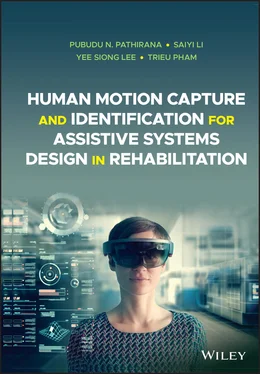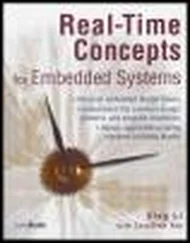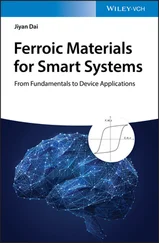Pubudu N. Pathirana - Human Motion Capture and Identification for Assistive Systems Design in Rehabilitation
Здесь есть возможность читать онлайн «Pubudu N. Pathirana - Human Motion Capture and Identification for Assistive Systems Design in Rehabilitation» — ознакомительный отрывок электронной книги совершенно бесплатно, а после прочтения отрывка купить полную версию. В некоторых случаях можно слушать аудио, скачать через торрент в формате fb2 и присутствует краткое содержание. Жанр: unrecognised, на английском языке. Описание произведения, (предисловие) а так же отзывы посетителей доступны на портале библиотеки ЛибКат.
- Название:Human Motion Capture and Identification for Assistive Systems Design in Rehabilitation
- Автор:
- Жанр:
- Год:неизвестен
- ISBN:нет данных
- Рейтинг книги:3 / 5. Голосов: 1
-
Избранное:Добавить в избранное
- Отзывы:
-
Ваша оценка:
Human Motion Capture and Identification for Assistive Systems Design in Rehabilitation: краткое содержание, описание и аннотация
Предлагаем к чтению аннотацию, описание, краткое содержание или предисловие (зависит от того, что написал сам автор книги «Human Motion Capture and Identification for Assistive Systems Design in Rehabilitation»). Если вы не нашли необходимую информацию о книге — напишите в комментариях, мы постараемся отыскать её.
A guide to the core ideas of human motion capture in a rapidly changing technological landscape Human Motion Capture and Identification for Assistive Systems Design in Rehabilitation
Human Motion Capture and Identification for Assistive Systems Design in Rehabilitation

 ).Figure 3.4 The RMSE subjected to introduced noise.Figure 3.5 Percentage improvement due to quaternion optimisation.Figure 3.6 Experiment setup and procedure: the sensor and marker are worn on...Figure 3.7 RMSE in angle estimation for forward extension exercise in compar...Figure 3.8 Filter performance comparison: RMSE in angle estimation for the u...
).Figure 3.4 The RMSE subjected to introduced noise.Figure 3.5 Percentage improvement due to quaternion optimisation.Figure 3.6 Experiment setup and procedure: the sensor and marker are worn on...Figure 3.7 RMSE in angle estimation for forward extension exercise in compar...Figure 3.8 Filter performance comparison: RMSE in angle estimation for the u... , t...Figure 4.3 The Creative Senz3D Camera. Source: Trieu Pham.Figure 4.4 Setup of the measurement system.Figure 4.5 Geometry model of the finger.Figure 4.6 Simulation results for accuracy improvement of the TAM and PIP.Figure 4.7 The left hand of the man was measured by our system. Source: Trie...Figure 4.8 Extension and flexion positions of the hand in the tracking appli...Figure 4.9 Parametric description for the index finger.Figure 4.10 Simulation of a reachable space of fingertips for a normal hand ...Figure 4.11 Finger model in the finger plane.Figure 4.12 Reachable space of fingertips in two dimensions is built using b...Figure 4.13 Measurement results of three declination angles of the index fin...Figure 4.14 Measurement results of three declination angles are represented ...Figure 4.15 Measurement results represented in the form of a reachable space...Figure 4.16 The task‐specific sub‐spaces associated with the task‐specific p...Figure 4.17 Range of movements of participants 6, 7 and 10 and the functiona...Figure 4.18 Range of movements of the 6th, 7th and 10th participants and the...
, t...Figure 4.3 The Creative Senz3D Camera. Source: Trieu Pham.Figure 4.4 Setup of the measurement system.Figure 4.5 Geometry model of the finger.Figure 4.6 Simulation results for accuracy improvement of the TAM and PIP.Figure 4.7 The left hand of the man was measured by our system. Source: Trie...Figure 4.8 Extension and flexion positions of the hand in the tracking appli...Figure 4.9 Parametric description for the index finger.Figure 4.10 Simulation of a reachable space of fingertips for a normal hand ...Figure 4.11 Finger model in the finger plane.Figure 4.12 Reachable space of fingertips in two dimensions is built using b...Figure 4.13 Measurement results of three declination angles of the index fin...Figure 4.14 Measurement results of three declination angles are represented ...Figure 4.15 Measurement results represented in the form of a reachable space...Figure 4.16 The task‐specific sub‐spaces associated with the task‐specific p...Figure 4.17 Range of movements of participants 6, 7 and 10 and the functiona...Figure 4.18 Range of movements of the 6th, 7th and 10th participants and the...











